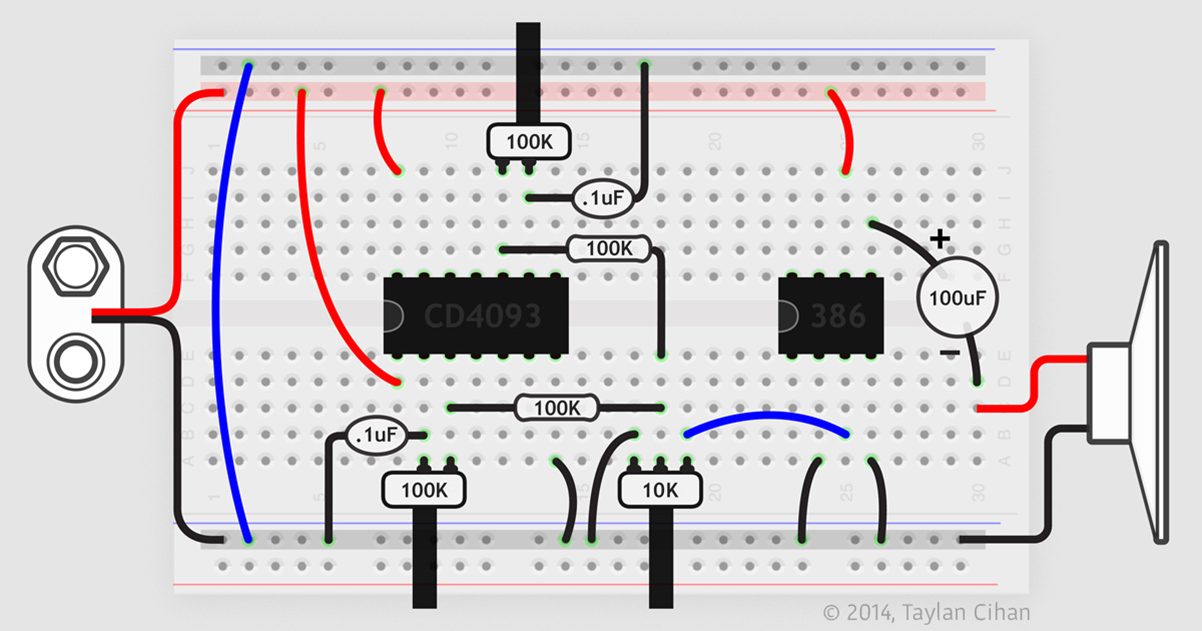
Overall, the DCO-106 has a sound that’s comparable to the original it’s emulating, at least in terms of timbre.

The video below compares the DCO-106 to the original Juno-106, which is a fun idea. Plus, it’s compatibile with original 106 SysEx commands.

#Best analog polyphonic synth full#
The DCO-106 soft synth features over 330 presets, up to 16-voice polyphony, stereo chorus, three reverb modes, delay section with tempo sync, multiple voice assign modes, expanded LFO section with six waveforms and tempo sync, unison detune, MPE support, full MIDI control, and DAW automation. As with some of the other entries featured here, the DCO-106 not only recreates the original hardware synth in detail but it also comes with some modern features for added versatility. This is our best premium pick, no questions asked.Ĭherry Audio’s DCO-106 may be our best budget pick, but it’s no slouch. But it’s well worth it if a Juno emulation is what you need. To get something sounding this good, you do need to spend a bit of change. It comes with all the features you know and love the Juno-6 for, along with some feature additions that would only be possible with modern digital technology (this is a bit of a theme with entries in this category). Jun-6 V sounds incredible as you would expect. To give you as authentic an experience as possible, Arturia built different levels of analog voice dispersion, to emulate subtle variations in voltage and room conditions.Ī back-to-basics arpeggiator, of course, is part of the package, along with double-barreled filters, dual chorus, LFO, ADSR envelope, modwheel, velocity and aftertouch, chord mode, bender and unison, delay and reverb, in-app tutorials, preset browser, resizable GUI, 180+ factory presets, and much more. Their Jun-6 V was of course based on the immortal Juno-6, complete with polysynth density and a straightforward interface to give you easy control over the synth. If you know anything about Arturia, then you know they are rarely satisfied with anything less than a faithful recreation of the original hardware they set out to emulate. This synth, though, is the perfect meeting place of sound quality, features, and price point, making it our best overall pick. They all sound lush and highly usable to me, but at the end of the day, you’ve got to be the judge of that. In the video, you’ll get to hear a variety of sounds coming from the Model 84 Polyphonic Synthesizer.


Softube also included the original presets in addition to new artist presets, seven integrated modules, chorus, LFO, DCO, low pass filter, pitch and modulation wheels, glide time and voice allocation, envelope generator, voltage-controlled amplifier, equalizer, and more. In addition to the faithfully modeled components, Model 84 Polyphonic Synthesizer comes with an extended unison mode, velocity and aftertouch support, and an expanded control panel with velocity and aftertouch parameters. They applied their modelling expertise to the Model 84 Polyphonic Synthesizer as well, emulating all the little nuances and quirks that made the original what it was (imperfection is perfection, at least as applied to analog gear). Count on Softube to bring classic gear back to life and create convenient digital versions that are more accessible to the average producer.


 0 kommentar(er)
0 kommentar(er)
